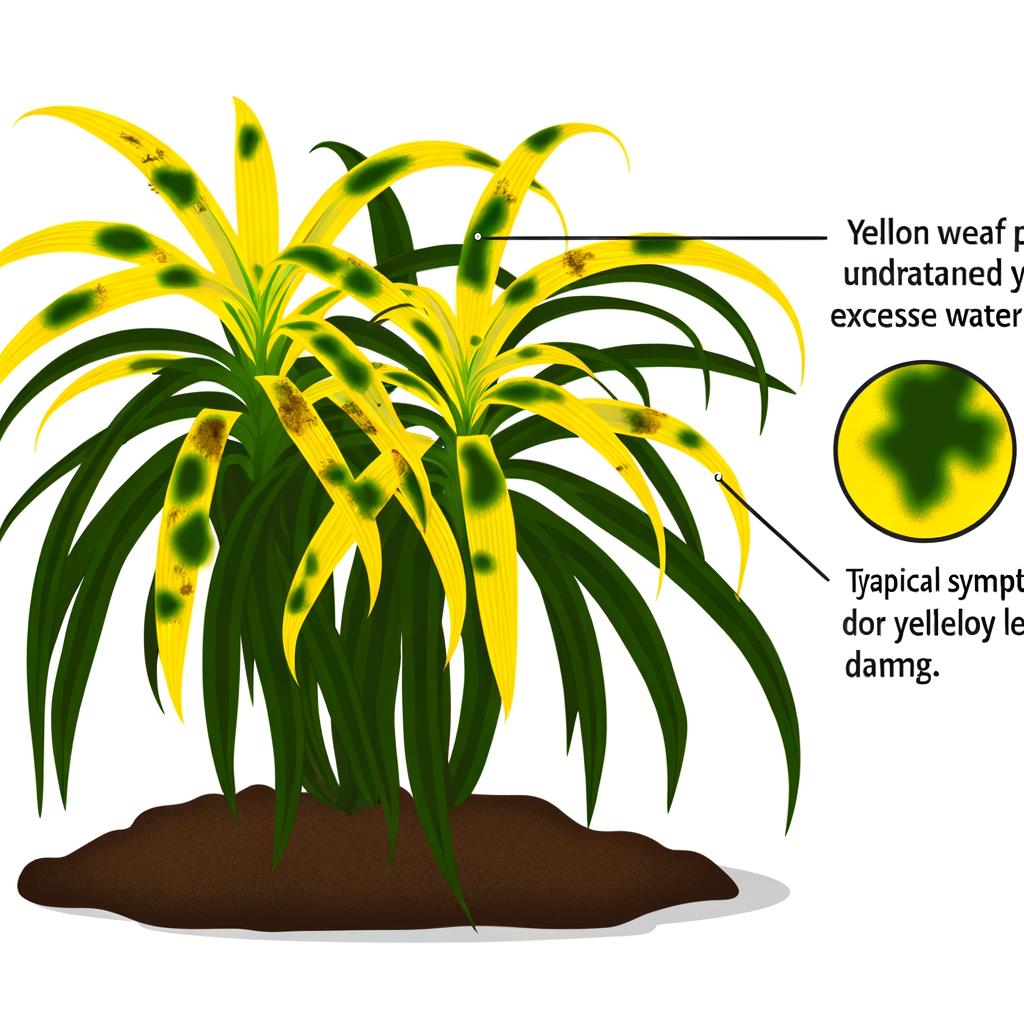Spider Plant Yellow Leaves: Why It Happens & How to Fix It
Yellow leaves on your spider plant can be alarming, but they're usually a sign that your plant is trying to tell you something. Learn the most common causes and proven solutions to restore your spider plant's vibrant green color.

Understanding Spider Plant Yellow Leaves
Yellow leaves on spider plants are typically a response to stress or improper care conditions. While some yellowing is natural as older leaves age, widespread yellowing usually indicates an underlying issue that needs attention.
Overwatering: The Most Common Cause
Overwatering is the leading cause of yellow leaves in spider plants. When the soil stays consistently wet, it deprives the roots of oxygen, leading to root rot and yellowing leaves that eventually fall off.
Signs of Overwatering:
- • Yellow leaves starting from the bottom
- • Soft, mushy stems
- • Soil that stays wet for days
- • Foul odor from the soil
How to Fix Overwatering:
- • Let the soil dry out completely between waterings
- • Check soil moisture with your finger before watering
- • Ensure your pot has proper drainage holes
- • Consider repotting if root rot is severe
If overwatering has progressed to root rot, see our root rot treatment guide for emergency care instructions.
Too Much Direct Sunlight
Spider plants prefer bright, indirect light. When exposed to too much direct sunlight, their leaves can turn yellow and develop brown tips as a protective response to sunburn.
Signs of Too Much Light:
- • Yellow leaves with brown tips
- • Leaves feel crispy or dry
- • Faded leaf color
- • Leaves curling inward
How to Fix Light Issues:
- • Move plant to bright, indirect light
- • Use sheer curtains to filter direct sun
- • Rotate plant regularly for even growth
- • Consider artificial lighting if needed
Nutrient Deficiencies
Spider plants can develop yellow leaves when they lack essential nutrients, particularly nitrogen, iron, or magnesium. This often happens in older soil or when plants haven't been fertilized for extended periods.
Signs of Nutrient Deficiency:
- • Yellow leaves with green veins (iron deficiency)
- • Overall pale yellow color (nitrogen deficiency)
- • Yellow patches between veins (magnesium deficiency)
- • Stunted growth
How to Fix Nutrient Issues:
- • Fertilize with balanced houseplant fertilizer
- • Repot with fresh, nutrient-rich soil
- • Use iron supplements for iron deficiency
- • Follow proper fertilizing schedule
If your plant is limp or leaves are drooping, see our drooping troubleshooting guide for step-by-step solutions.
Natural Aging Process
It's important to note that some yellowing is completely normal. As spider plant leaves age, they naturally turn yellow and eventually brown before falling off. This is part of the plant's natural growth cycle.
Normal Aging Signs:
- • Only bottom leaves turning yellow
- • New growth remains healthy and green
- • Gradual yellowing over time
- • No other symptoms present
What to Do:
- • Simply remove yellow leaves as they appear
- • Continue normal care routine
- • No treatment needed
- • Monitor for any new symptoms
Step-by-Step Recovery Plan
Follow this systematic approach to diagnose and fix yellow leaves on your spider plant. Start with the most common causes and work through each step.
Recovery Steps:
- 1. Assess the Situation: Check soil moisture, light conditions, and overall plant health
- 2. Remove Damaged Leaves: Trim yellow leaves to prevent energy waste
- 3. Adjust Watering: Let soil dry between waterings if overwatered
- 4. Optimize Light: Move to bright, indirect light
- 5. Check for Pests: Inspect for spider mites or other pests
- 6. Fertilize if Needed: Apply balanced fertilizer if deficient
- 7. Monitor Progress: Watch for new healthy growth
Prevention is Key
The best way to prevent yellow leaves is to provide consistent, proper care. Spider plants are resilient and will reward you with healthy, vibrant foliage when given the right conditions.